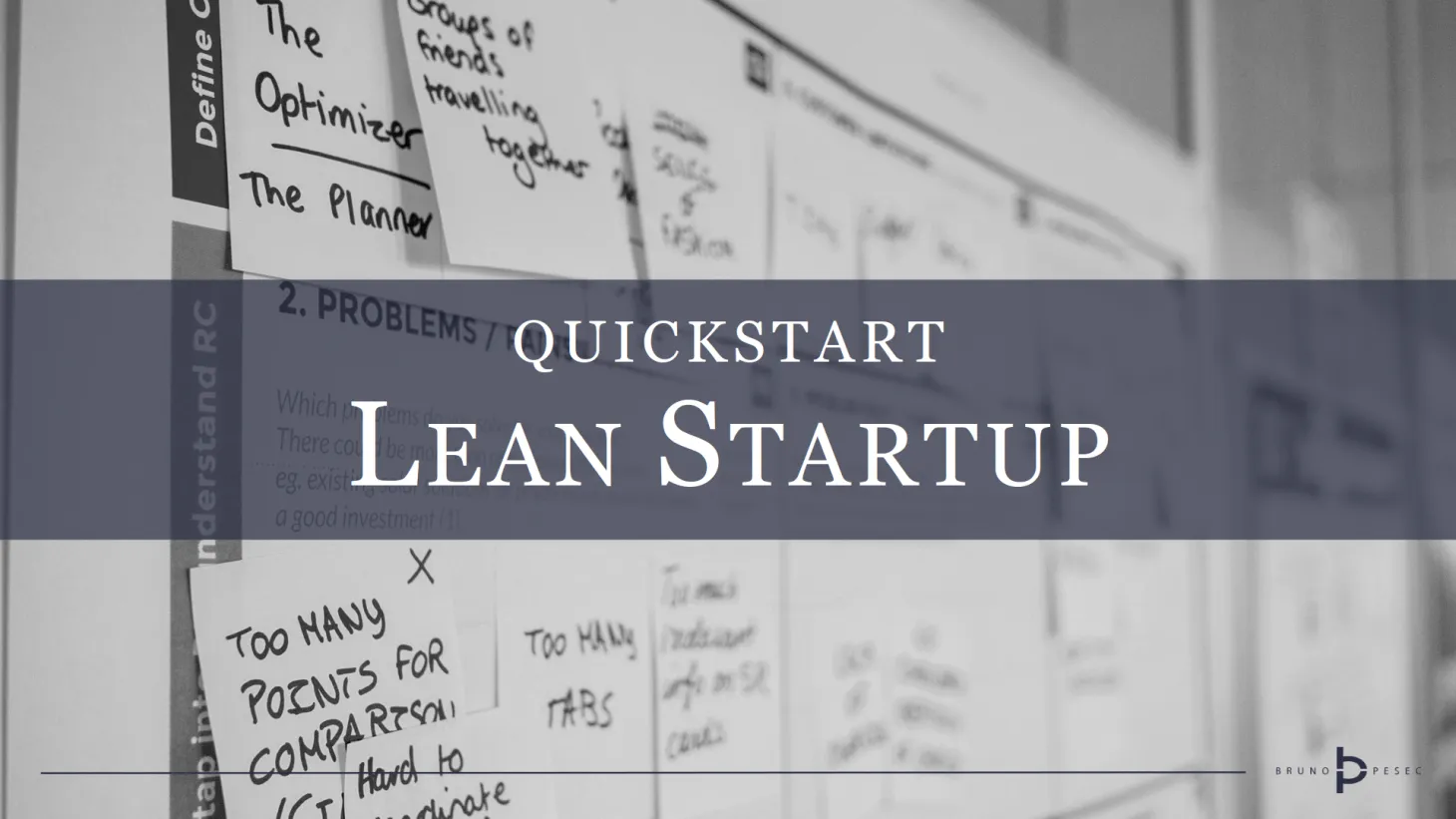Faster horses fallacy
Innovator’s job is understanding customer’s needs as well as their current processes so they can innovate and create delightful products and services.

We just had the perfect customer interview!
A product lead I was coaching shared with great excitement how they conducted their best customer interview to date.
Once we had described our early adopters we reached out to a dozen of them to test some of our assumptions by asking specific questions.
We prepared an interview script with open-ended questions and tried to remove as much bias as possible. We just wrapped up an interview with our biggest customer and we learned so much.
She sat down with us and described exactly what she needs! She walked us through the details of what the dashboard should look like, what kind of inputs it needs, what kind of reports it should generate, and how the reminders should be integrated in their other systems.
That’s exactly what we were looking for!
After congratulating them on their work and commending their enthusiasm, I asked a question that utterly perplexed them:
Did they also ask for faster horses?
What did they do wrong?
This team made a common mistake of confusing customer’s wish list with actual product features, forgetting that it’s not a customer’s job to design the product! It’s the innovator’s job to understand customer’s needs as well as their current processes so they can innovate and create delightful products and services.
The mistake this team has made is something what I call the faster horses logical fallacy.
How can you make sure to avoid the faster horses fallacy yourself?
First, remember that we are all biased. Write it down or have a colleague remind you whenever you set out to conduct some customer interviews.
Second, remember what you can learn from customers. It is about their current situation (e.g.: habits, context, problems, anxieties, desires) and what they tried so far to improve it (e.g.: processes, existing solutions, failed solutions).
Third, if the customer does start to describe their ideal product, use the opportunity to dig into specifics. Try to understand the why behind every feature. What’s the desired outcome? Why aren’t they already achieving it if they are so specific regarding the solution? What’s stopping them?
For example you could say:
That’s an interesting feature you are proposing!
Now, I’m really curious and I’d like to understand better why you proposed it.
Could you explain to me what you hope to achieve with it?
How is it different than your current solution?
Since you know what you want, why don’t you already have it?
What’s stopping you from getting that right now?
This way you are maximising your learning and keeping it relevant, while at the same time making the customer feel special by letting them share their dream solution.
Faster horses logical fallacy can easily derail your idea and rack expenses in the wrong direction, but luckily you can protect yourself by following the simple measures I just described.
This post was originally published on Playing Lean blog.
Bruno Unfiltered
Subscribe to get the latest posts delivered right to your inbox. No spam. Only Bruno.




